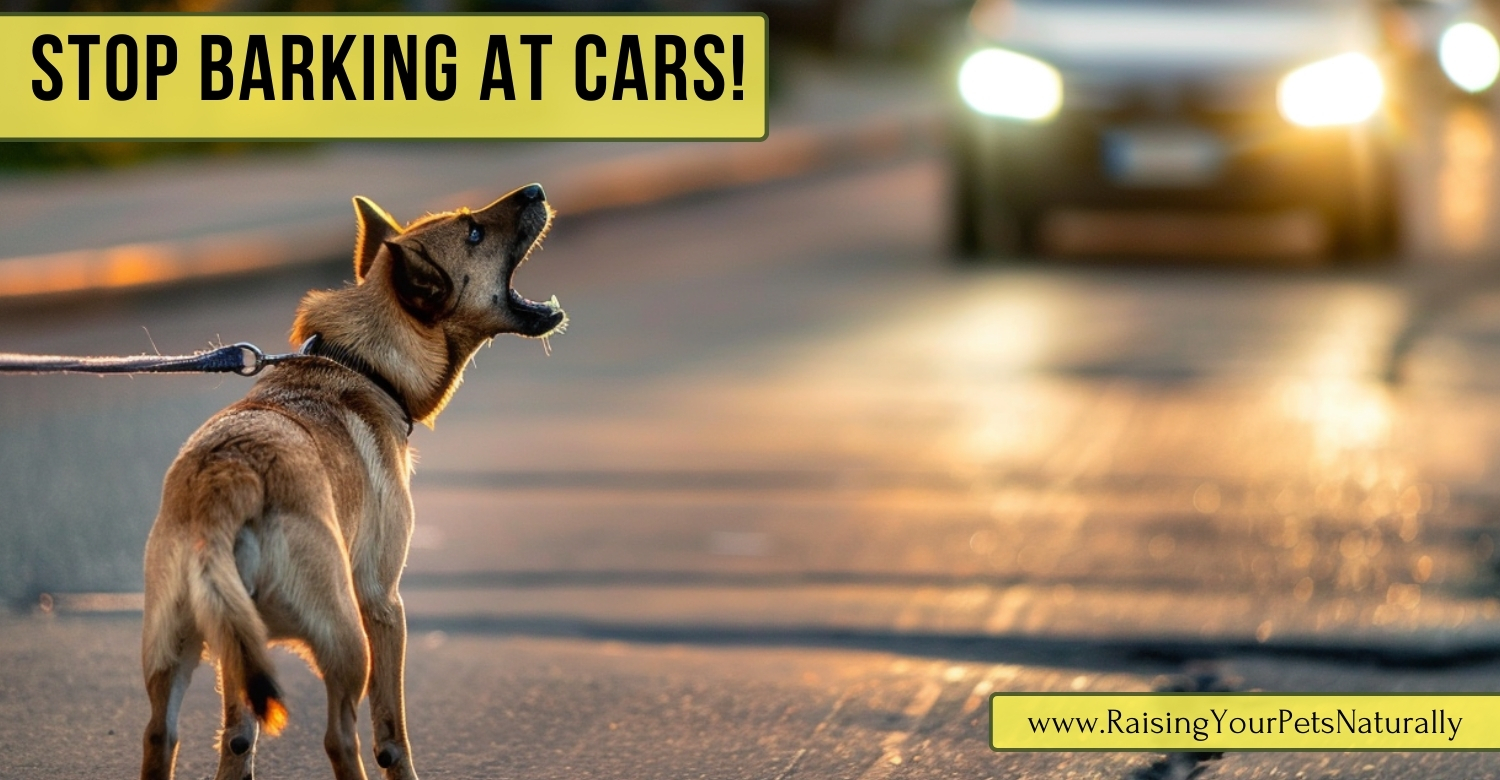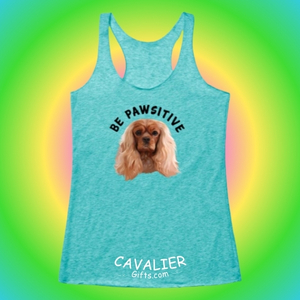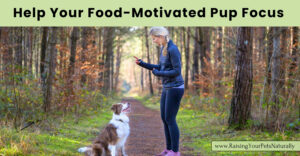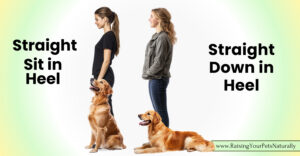Google Adsense—>

How to Stop Dog from Barking and Chasing Cars

Today’s positive dog training post is training a dog not to bark or chase cars or other fast-moving objects such as bikes, etc. That said, I’m referring to being on leash vs. roaming around the neighborhood. But you already knew that.
As with most dog training problems, there is a synergy effect. If you want to teach your dog not to chase or bark at cars, you’ll also want to make sure your dog’s daily needs are being met. First up, do some good ol’ physical activity for your dog, making sure they’re getting the right kind of exercise that suits their abilities. Then give their brains a workout with mental stimulation through training games and challenges. Incorporate fun training sessions. Go for adventures together, exploring new environments and reinforcing training. Let them follow their noses, indulging their natural instinct to sniff while ensuring safety. Socialize and interact with other people or family regularly, and that doesn’t mean doggie day care. Think more about one-on-one engagement. Lastly, don’t forget to show them love and affection, strengthening your bond. By addressing these needs daily, all your training sessions will be easier.
Don’t forget to subscribe to my @RaisingYourPetsNaturally YouTube channel for more!
Chasing behavior is entirely normal for dogs. Whether it’s chasing a ball, playing fetch, or simply following a moving object, dogs love it. Chasing behavior isn’t breed specific, although some breeds can have a higher prey or chase drive. But most dogs exhibit chasing behavior in one form or another. It becomes a problem when a dog might want to chase things such as squirrels, smaller pets, or the cars in today’s blog.
How to Stop a Dog From Barking at Cars
The basic dog training principal for most dog behavioral issues revolves around desensitization and counterconditioning. Desensitization works by gradually introducing your dog to the trigger—in this case, cars—at a level where they don’t react negatively. We call this below threshold. Counterconditioning is where we are going to change their association from something to react to to something that equals a more pleasant outcome. In other words, the trigger will start to predict something awesome, like treats or play, to change their emotional response. It’s all about those emotions. When you combine desensitization with counter-conditioning, you’re essentially flipping a switch in your dog’s brain that cars as no big deal; or even as something to look forward to!
When it comes to desensitizing and counterconditioning your dog to stop barking or jumping at the end of the leash at cars, the golden rule is to ensure you stay under your dog’s threshold. They need to be successful in order for it to work and to stick! Slow and steady wins the race.
- Identify Triggers: Determine what exactly sets your dog off. Whether it’s passing cars, UPS trucks, skateboards, bikes, or joggers, you need to know.
- Maintain Proper Distance: You’ll also want to mentally or physically note the distance at which your dog becomes overstimulated by these triggers because, again, you need to be at the distance your dog does NOT react so you can start reconditioning their brain. During your training sessions, ensure you are at the distance from your dog’s triggers where your dog remains calm. You might need to find appropriate spots, like parks or quiet streets, where there are fewer distractions.
- Use High-Value Rewards: During training sessions, use amazing treats your dog just thinks are the cat’s meow. High-value treats like cooked turkey or dehydrated rabbit tend to work well for most dogs.
- Choose the Right Equipment: Opt for a harness instead of a collar. A harness provides better control and is safer for your dog’s neck and spine. A flat leash is perfect, and ditch any extendable leashes you may have.
- The Training: Teach your dog that encountering triggers results in rewards, not excitement or anxiety. I like setting up where cars or the trigger will pass us, but we are in our safe zone. Then, when a car passes, mark it with a YES, followed by an amazing reward. Then, skip along, moving away from the car, and reward your dog again. You can follow this with a few training behaviors your dog already knows well, like hand target or spin. Then, slowly walk back to your training area. Repeat this exercise.
- Let Your Dog Be a Dog: Allow your dog to sniff around and explore during training sessions while remaining attentive to passing triggers. It’s important to have your training sessions be fun and engaging; you don’t want them to just feel like setups.
- Avoid Scolding: If your dog reacts negatively to a trigger, avoid scolding them. Instead, calmly move away until they can breathe and focus again, then reward them for their improved behavior. Consistency is key; every encounter with a trigger should result in a positive reward. Even if you aren’t in “training” mode, they are always learning, so you want to ensure they are learning what you want.
- Patience is Key: Rushing through training won’t lead to long-term success. Like mastering any skill, it takes time, consistency, and practice. Take your time, and be patient with your dog.
- Training at Home: Training can also occur at home, especially if your dog barks at passing cars from the window. Follow the same steps as above, but from your window or front yard. If your dog reacts to noises, such as air brakes, YouTube audio can be helpful.
With practice and a big dose of patience, you’ll see improvements in your dog’s behavior, making walks more peaceful and enjoyable.
Your questions or comments are welcome below.
Are you looking for even more ways to stay up to date with Raising Your Pets Naturally? Sign up for the newsletter for more tips and promotions. Don’t forget to be social and Like, Follow and Subscribe.
Facebook Twitter Pinterest Instagram YouTube
 |

Google Adsense—>





